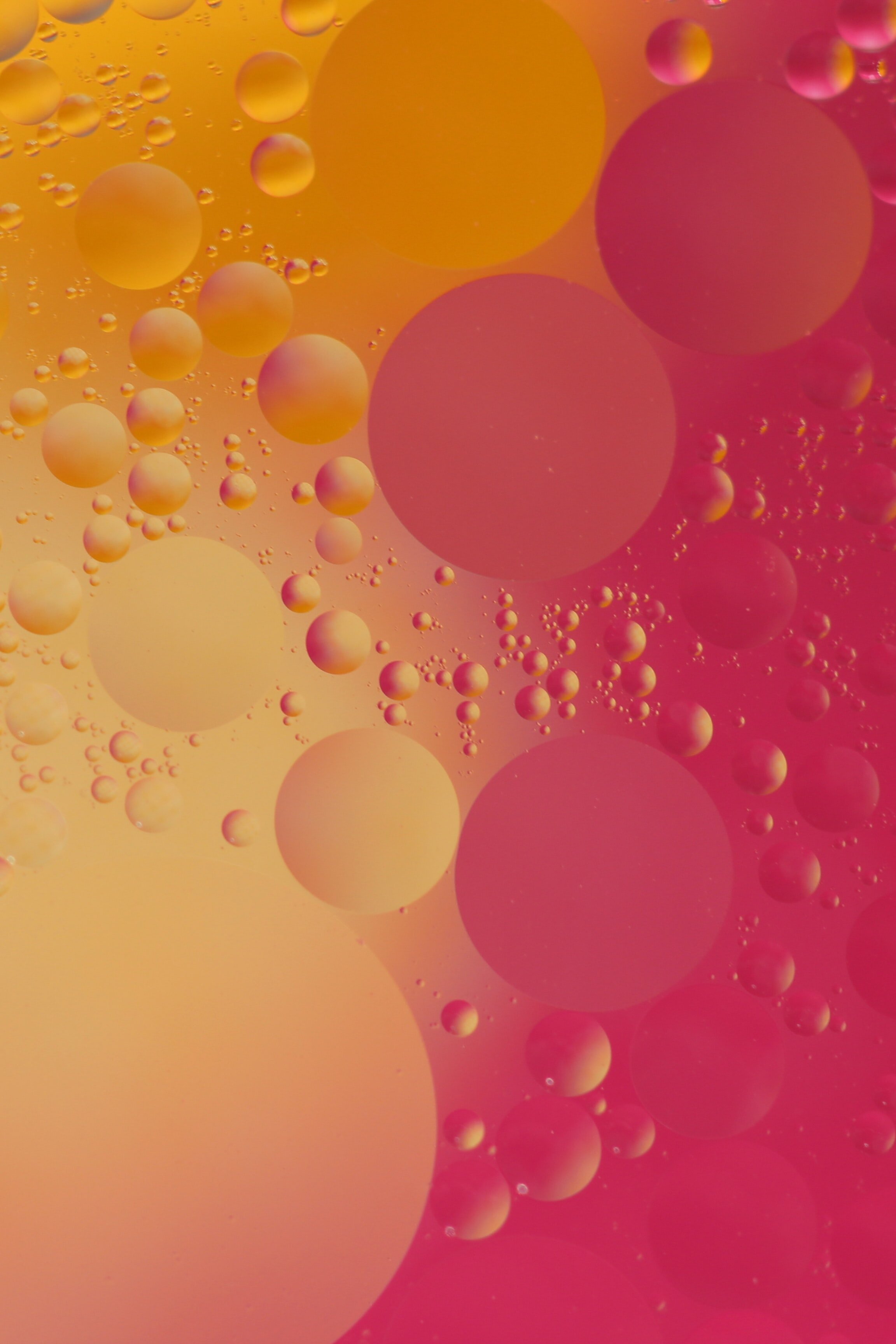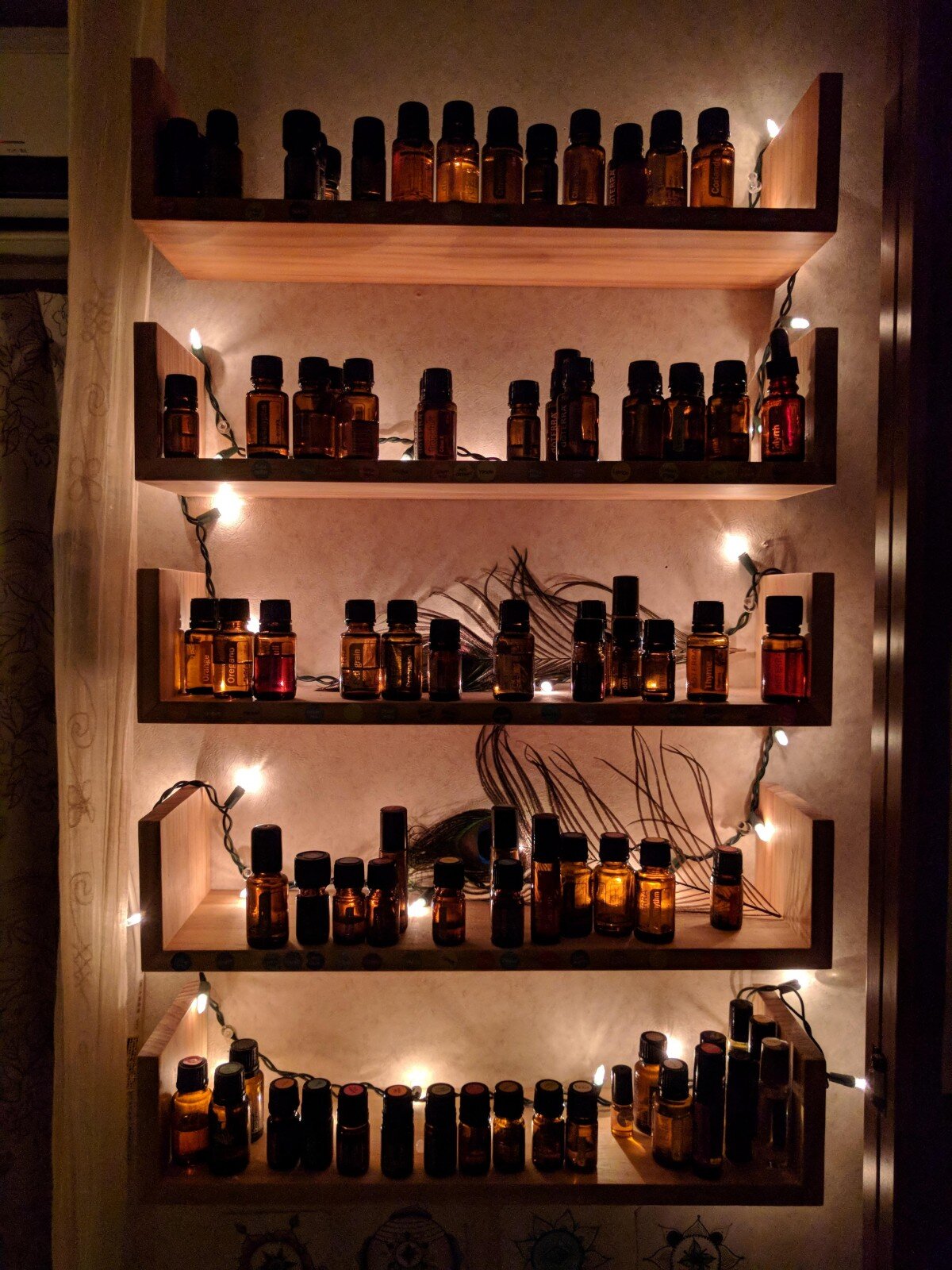Is a synergy blend better than just one essential oil?
Synergy comes from the Greek word “sunergos”, meaning “to work together.”
Single or blend?
In the world of complementary therapies, creating a product using different ingredients has been a fascinating source of myth and theory for as long as humans existed. Alchemy and potions were always shrouded in mystery and guarded by a few knowledgeable people who were good at deriving ingredients after observing their natural behaviour. They knew to blend them into what seemed to some as magical potions and remedies.
“Synergy is when the result is greater than the sum of its parts.”
Synergy in nature: This happens all the time in the natural world. We see it when we use one plant for several uses that seem, sometimes, unrelated. Lavender an excellent example. You can use it to treat several conditions like burns and inflammations of the skin while also being a great cleaning ingredient and general linen freshener!
This seemingly endless list of uses comes from the many chemical components that make up the Lavander plant and the oil extracted from it. Hundreds of constituents combine to produce protective and nourishing parts for the plant. It can help it repel predators, attract pollinators, or even send messages to others in the area to warn them of danger. When humans extract the essential oil of a plant, these components are still present and can work in similar ways as they do in the plant.
Aromatherapy Blending
In aromatherapy, you always look at a plant’s chemical components and choose the ones that best suit your intended purpose. Sometimes an oil can be beneficial on paper but is disagreeable to the person using it, they might not like the smell of it, or it might be associated with an unpleasant memory. In that case, knowing the chemistry of a plant is very useful because you can make informed substitutions that are effective.
Most essential oils can be useful on their own; however, in some cases, a blend can be much more effective and gives you a much more range of uses. Not to mention that you can adjust the aroma of a blend to be both pleasant and functional, which can sometimes be tricky when using certain ingredients.
Powerhouse blends: Mixing Tea Tree oil and Manuka oil is an excellent example of synergy blending in aromatherapy. Individually they are both high anti-fungal and anti-viral, but studies show that when combined, that effect is amplified several fold. They work in synergy with each other to rise above their separate abilities.
Synergy mystery
The golden rule of aromatherapy is “Less is more.”
Too much of a good thing is bad. That applies to anything in life when you think about it. A pinch of salt in hot cocoa can bring out the sweetness of the chocolate beans and give it a layer of depth that lifts a regular cup to a fantastic treat, but put too much salt, rendering it undrinkable!
Adding oils to a synergy: When creating a blend, the person using it is always considered. Sometimes adding a specific oil that smells pleasant is all it takes to round off a mix and make it more enjoyable to use. Even if that extra oil has no useful chemical components, it can still be used if it helps in other ways, even if it’s just emotions getting affected.
Four Benefits of Blended Essential oils
-
You can have one blend that can be used for several purposes like inhalation, diffusion or creating a scented oil.
-
Blending expensive oils at a lower dilution gives you the pleasure of using them without the high cost in some cases, like Rose or Neroli.
-
When appropriately combined, a blend can be very effective for its intended purpose and work faster than using single oils
-
When created by a qualified aromatherapist, the risk factors associated with certain oils are considered and warned about or eliminated. Like in the case of using phototoxic oils like bergamot.
Blending with essential oils is as much an art as a science. You need to know the individual elements you are working with and how to get the best out of them for any given situation.
Check out the Yatlina blended Drops range. A synergy of oils addresses several issues ranging from sleep, stress, anxiety, concentration, and brain fog.



